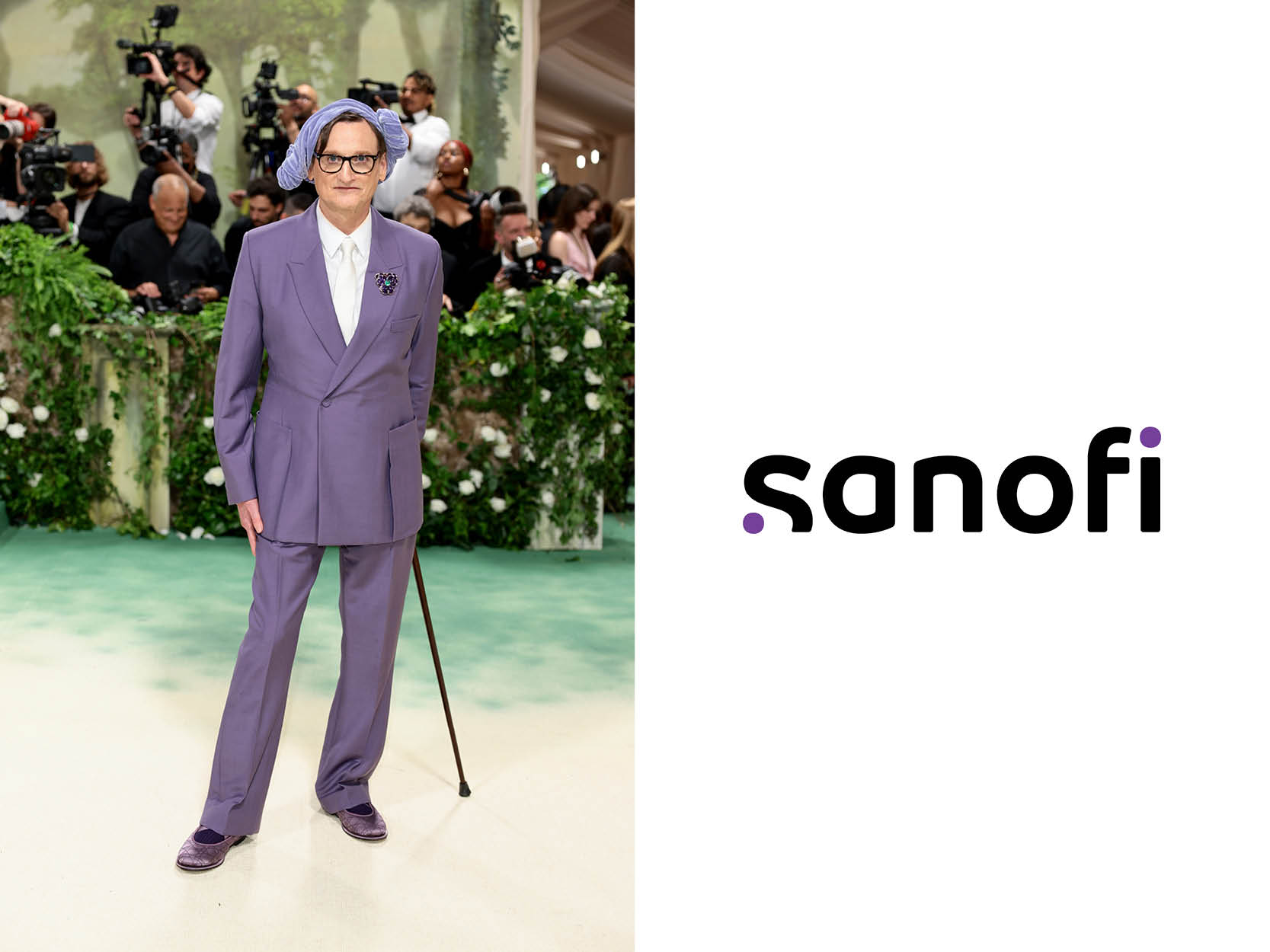Lisata, Eisai x Biogen, and the Met Gala (!)

Want to stay on top of the science and politics driving biotech today? Sign up to get our biotech newsletter in your inbox.
Good morning. Congratulations on almost making it to the end of the week! For that, I have a little treat for you at the bottom of the newsletter.
But first, the biotech news of the day.
A stumble for Tregs in type 1 diabetes
Researchers and biotechs for several years have been attempting to treat autoimmune diseases by enlisting a subgroup of immune T cells, called T regulatory cells (or Tregs), to try to tamp down misguided immune responses responsible for disease.
In a Phase 2 trial funded by Lisata Therapeutics, researchers wanted to see if using Tregs could help preserve beta cells, the insulin-making cells in the pancreas, in newly diagnosed type 1 diabetes patients. Findings published yesterday showed that the Tregs didn’t work.
Though it was a negative result, representing a stumble in a field that has seen heavy investor interest, the trial did show that the therapy was safe and also suggests that simply increasing the number of Tregs may not translate to greater efficacy.
Read more from STAT’s Liz Cooney on what researchers can glean from these new study results.
Google’s new AI maps a universe of biomolecules
Google yesterday unveiled a new AI called AlphaFold 3 that can predict not only the structure of proteins, but also all the other molecules they interact with, including RNA, DNA, ions, and other small molecules.
AlphaFold 3 represents a big advance, allowing scientists to examine complex interactions between proteins and other molecules that may bring to light new disease targets and different ways of attacking them. But will this technology necessarily yield new drugs?
One researcher is skeptical. “Whether any of these advancements are going to be transformative — I think we’ll have to see,” said Paul D. Adams, associate laboratory director for biosciences at Berkeley Lab.
Proteins are not static objects, but instead function by moving and adopting multiple states, and none of the current technologies addresses that, Adams said.
Read more from STAT’s Casey Ross on the promises and limitations of this new technology.
Yet another big financing round in immunology
From STAT’s Jonathan Wosen: Earlier this week, we saw immunology-focused Zenas BioPharma announce a $200 million Series C. There’s now yet another major funding round in immunology and inflammation, a field that has seen a ton of investor interest this year. (See here, here, and here.)
Attovia Therapeutics, a Bay Area biotech developing precision protein therapies, said today it raised $105 million in a Series B round led by Goldman Sachs. The company is developing what it calls attobodies, tiny fragments derived from antibodies and tethered together. CEO Tao Fu told STAT that these molecules have the potential to be far more potent and longer-lasting than traditional antibody therapies.
Attovia plans to use the financing to move its two lead drug candidates, ATTO-1310 and ATTO-002, into clinical trials, with an initial focus on atopic dermatitis (eczema). Fu says the company also plans to target other diseases characterized by itching, noting that both experimental drugs target IL31, a key immune signaling molecule that drives itching (ATTO-002 also targets a different signal, IL13).
The 25-person company, which spun out of proteomics firm Alamar, launched last year and announced a $60 million Series A round. Attovia plans to enter the clinic by the end of the year.
Leqembi launch slowed by challenges with diagnosing early
The uptake of Eisai and Biogen’s Alzheimer’s drug Leqembi is running into a host of hurdles: the cost of the treatments, the complicated logistics needed to set up infusion centers, and also — getting patients and primary care doctors to recognize memory loss as a disease early enough.
“Even the word for dementia does not always exist in every culture and in every language,” said Hollis Day, chief of geriatrics at Boston Medical Center, said at a STAT virtual event yesterday. “And so just getting people to accept that memory loss is not normal aging necessarily, is a big barrier to getting people into diagnosis early enough to benefit from these treatments.”
Day added that it’s difficult to explain to patients that Leqembi is not a cure for Alzheimer’s, but instead a way to slow their decline.
Read more from STAT’s Matt Herper on the barriers doctors are seeing with the adoption of Leqembi.
Big Pharma is everywhere
One purpose of pharma companies’ logos is of course to persuade patients to buy their drugs. They also exist, we firmly believe, to inspire the latest fashion trends.
Earlier this week at the Met Gala, the biggest fashion event of the year, we spotted several celebrities whose outfits looked to be clearly influenced by the industry’s distinctive branding. I scoped out some of the best outfits with my colleagues Allison DeAngelis and Brittany Trang. Take a look:
Diane von Furstenberg

SOURCE: GETTY IMAGES AND MERCK
Nina Hollein

SOURCE: GETTY IMAGES AND NOVARTIS
Zendaya

SOURCE: GETTY IMAGES AND TEVA
Jennie Kim

SOURCE: GETTY IMAGES AND PFIZER
Hamish Bowles

SOURCE: GETTY IMAGES AND SANOFI
Which was your favorite? Share your thoughts with [email protected].



